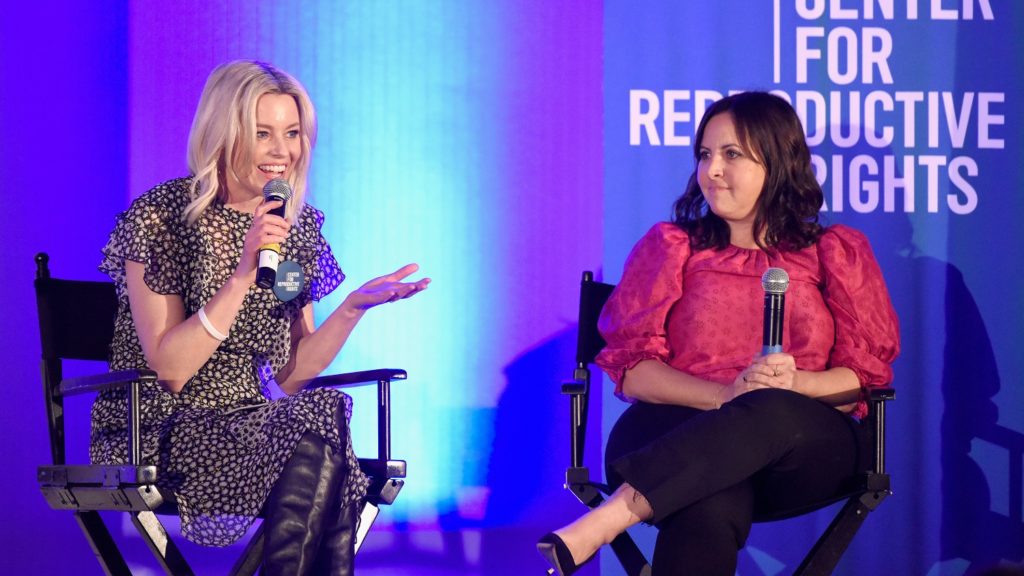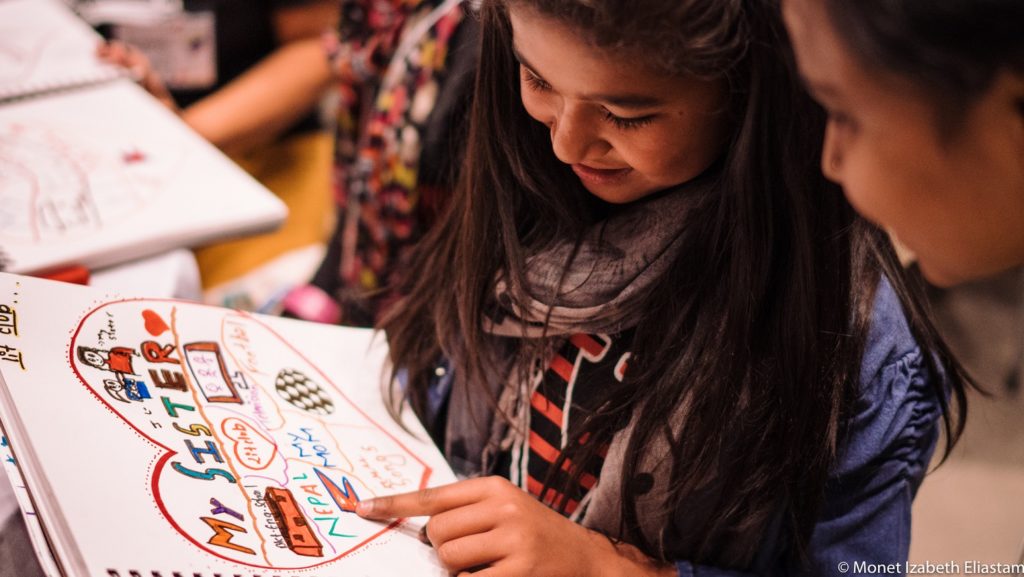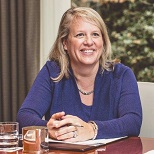
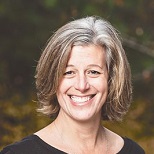 Special to the Philanthropy Journal
Special to the Philanthropy Journal
By Clare Jordan and Michelle Schneider
When Greensboro, North Carolina, Assistant City Manager, Chris Wilson, is asked about public-private partnerships, he lights up with the opportunity to talk about the “shining example” of the Greensboro Science Center (GSC).

Now a well-respected model for other such ventures, the GSC was once a small-scale community museum with a petting zoo, content with its status quo. Formerly managed by the City of Greensboro as an extension of its recreation offerings, it lacked a forward-looking vision, and had not grown visitation or support over its many years of operation.
Enter Glenn Dobrogosz, who was appointed Executive Director in 2004, 12 years after the entity had been converted to a nonprofit, 501c3. With Glenn’s vision and empowerment of the staff, it soon became apparent that inspiring growth was underway.
A major catalyst that shifted the organization’s future occurred when Glenn met Chris Wilson, and the two began working together to push for bigger ideas and economic development. This partnership unleashed a public-private partnership that would impact the entire community in unforeseeable ways.
Big Vision
An important lesson to share with organizations considering a major effort like this is that big visions are far more inspiring than incremental improvements. Glenn Dobrogosz brought big vision to the GSC. He delivered on the vision by building a dynamic staff, then earning the trust of potential supporters and making connections that would enable his vision to become reality.
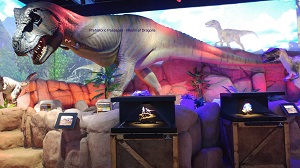 With the belief that the GSC had to change to survive, Glenn began sharing his vision for a “three-in-one campus,” including an AZA-accredited zoo and aquarium combined with an AAM science museum – a one-stop destination for science and tourism. These ideas developed through strategic planning work.
With the belief that the GSC had to change to survive, Glenn began sharing his vision for a “three-in-one campus,” including an AZA-accredited zoo and aquarium combined with an AAM science museum – a one-stop destination for science and tourism. These ideas developed through strategic planning work.
A necessary step for success is that this vision led to broad dynamic changes, stakeholder buy-in, and city leaders seeing its potential for economic development and improved quality of life in the greater community. A master plan for phased growth over a 10-plus-year period that was mission-oriented and responsive to the marketplace was created.
Culture of Philanthropy
This vision came with a big price-tag, and in 2009, the citizens of Greensboro stepped up by approving a $20 million bond for the GSC. With the passage of the bond, momentum grew, the vision grew, and so did the need for philanthropic support. The GSC set out to raise $5 million to complement the bond funding, but in this case, raising the first million proved to be a challenge, as they had no development experience.
In the nonprofit sector, we talk a lot about “building a culture of philanthropy.” Every organization wants one (a culture of philanthropy), but there are few who truly understand and embrace the work needed to create it. Enter Capital Development Services (CapDev). At the recommendation of a board member, CapDev worked with staff and volunteers to implement best practices in fundraising and donor engagement. This included a heavy emphasis on building relationships, and fostering an environment that encourages sharing connections and celebrating each new supporter. The GSC became a place where donors wanted to be, even leading individual supporters to approach them to be included.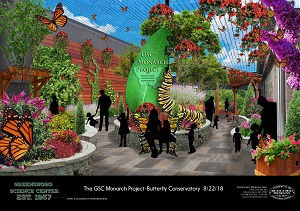
The GSC now has a thriving culture of philanthropy. “Donors are investing – their gifts, their time, and their support for public dollars,” says Michelle Schneider, Senior Counsel for CapDev, the GSC’s Capital Campaign consulting firm. “All of the partners value the culture of philanthropy,” she said, “further boosting the campaign’s success.”
“We embraced philanthropy in ways we never had before. We hired our first director of development. Some of the staff who were originally the most hesitant are now fundraising champions.” – Glenn Dobrogosz, Executive Director
The Campaign
Strategic plans and capital campaigns, done well, can bring focus and structure to an organization. Leaders agree that the timing of the GSC capital campaign was perfect. As the Executive Director, Glenn kept the GSC’s vision as his priority and made certain there was recognizable impact. “Recognizing that it’s an investment with ROI made it hard to argue with,” said Chris Wilson, as he worked to promote the investment of public funds.
A feasibility study conducted by CapDev, indicated the possibility for a $6 million campaign, and the “Think Big” Campaign was launched in 2015. The economics of the project bolstered the campaign’s case for support. Visitation grew with new and improved exhibits. The engines of recreation, science, education and history were all fueled by interest in this campaign. “The campaign brought new attention, new people,” said Glenn Dobrogosz.
The first big boost came in the form of a $1 million gift, then the organization’s largest gift, from Susan and Eric Wiseman. The Wiseman gift was a catalyst for the campaign. Their interest in ensuring the city had a high caliber aquarium, as well as a clear focus on ocean conservation led them to be lead funders of a 5,200-square foot addition to the aquarium focused on species diversity, conservation, art and technology. Ultimately, they agreed to chair the campaign.
“We were excited about the transformational efforts being made at the Science Center. Glenn’s vision captured our attention, and we were intrigued by the impact of the aquarium on the community. It only made sense that we would give of our time and our resources.” – Susan and Eric Wiseman, Chairs, Think Big Campaign
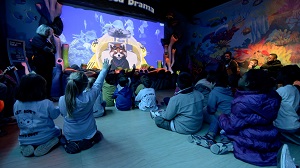 According to an article featuring the GSC in the American Alliance of Museums (AAM) Museum magazine (May/June 2017), between 2010 and 2016, the GSC opened seven new exhibits and programs, and annual visitation increased 45 percent, from 291,000 to 430,530. The operating budget grew eightfold, from $3.2 million to $5.8 million, and full-time staff more than doubled, from 20 to 45 employees. Since then, the GSC now operates under a $6.8 million budget with 54 full-time staff. Exponential growth like this is the effect of a successful public-private campaign.
According to an article featuring the GSC in the American Alliance of Museums (AAM) Museum magazine (May/June 2017), between 2010 and 2016, the GSC opened seven new exhibits and programs, and annual visitation increased 45 percent, from 291,000 to 430,530. The operating budget grew eightfold, from $3.2 million to $5.8 million, and full-time staff more than doubled, from 20 to 45 employees. Since then, the GSC now operates under a $6.8 million budget with 54 full-time staff. Exponential growth like this is the effect of a successful public-private campaign.
A BIGGER Vision
Really great public-private partnerships like this one don’t end with completion of the campaign. While the GSC’s vision was being implemented, the future of the GSC continued to be on the minds of the board and the City of Greensboro. The success of the campaign demonstrated that collective impact works. Public-private partnerships allow for leveraging combined resources, enabling growth in donor support for the greatest impact.
With a federal park nearby desiring a new joint visitor center, the opportunity for a federal, city, nonprofit partnership focused on science, education and recreation was created – a public-private dream! As a result, in 2017, the City of Greensboro approved additional bond funding for a conceptual plan, and the project transitioned to a larger level undertaking – the Battleground Park District, of which the GSC is a major component and the City of Greensboro is a supportive partner.
“The convergence of the GSC vision with Chris’s Battleground Park District vision is the true power behind the now conjoined vision.” – Glenn Dobrogosz
Important for nonprofits to remember from this is for leadership – board and staff – to continually feel inspired and welcome to conceive and share innovative growth-oriented visions for potential futures of the organization. Always having in mind what is next helps ready leaders when, inevitably they are asked. Further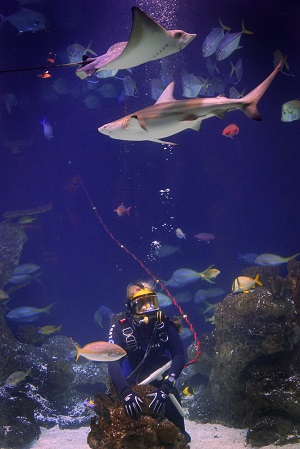 strategic planning has continued post-campaign for the next phase, with a new and exciting yet-to-be announced master plan for 2020 – 2030.
strategic planning has continued post-campaign for the next phase, with a new and exciting yet-to-be announced master plan for 2020 – 2030.
Why It Worked
Viewing this case as a model for other potential public-private partnerships, factors that influenced success include:
- Inspiring people with vision led to new interest, which caught the attention of the city;
- Relationships developed into philanthropic investment – new supporters brought new resources; and
- Great press coverage and promotional efforts broadened awareness and support, gifts were well stewarded and new donor relationships were created.
In October, the community came together for the GSC’s annual fundraising event, the See to Believe Gala. This year guests were treated to a first peek at the final phases of the vision: Rotary Carousel, SAIL (STEM) Center, new front entrance complex and the largest expansion to-date – Revolution Ridge zoological expansion. Prior to the public event, campaign leaders and donors gathered to celebrate the end of the Think Big Campaign. Sue Cole, co-chair of the campaign’s public phase, announced that more than $12.5 million had been raised during the Campaign, more than doubling its original goal!
“We did this in Greensboro, where there is a great deal of competition for limited philanthropic funds. We have worked hard to create a true public-private partnership with our community that is mutually reinforcing. The city and our citizens invest in us and we serve its needs, and vice versa—we have become an inseparable part of the community’s identity and a source of real pride. Our abiding commitment to the city has fueled our growth as an economic engine and tourism driver.” – Glenn Dobrogosz, Executive Director
Having held staff and board positions in nonprofit management since the early 1990s, Clare Jordan has worked in marketing and development roles, and provided consulting services to elevate the work of nonprofits for over 25 years. Her introduction to the nonprofit sector began when she founded the Campus Chapter of Habitat for Humanity at NC State University. Working to help nonprofits identify and solve their philanthropic challenges, Clare also develops CapDev’s research on the latest philanthropic trends and data to share in workshops and conferences around the region. She is a native of Winston-Salem.
Michelle Schneider has been fundraising for more than twenty years and donors are her passion. Prior to joining Capital Development Services, Michelle served as the Director of Development for Habitat for Humanity and as the Campaign Director for UNCG’s $100M Students First Campaign. Her early career included work with three United Way affiliates. Michelle strongly believes in creating a donor centered culture of philanthropy designed to broaden the base of support for all nonprofit organizations.



